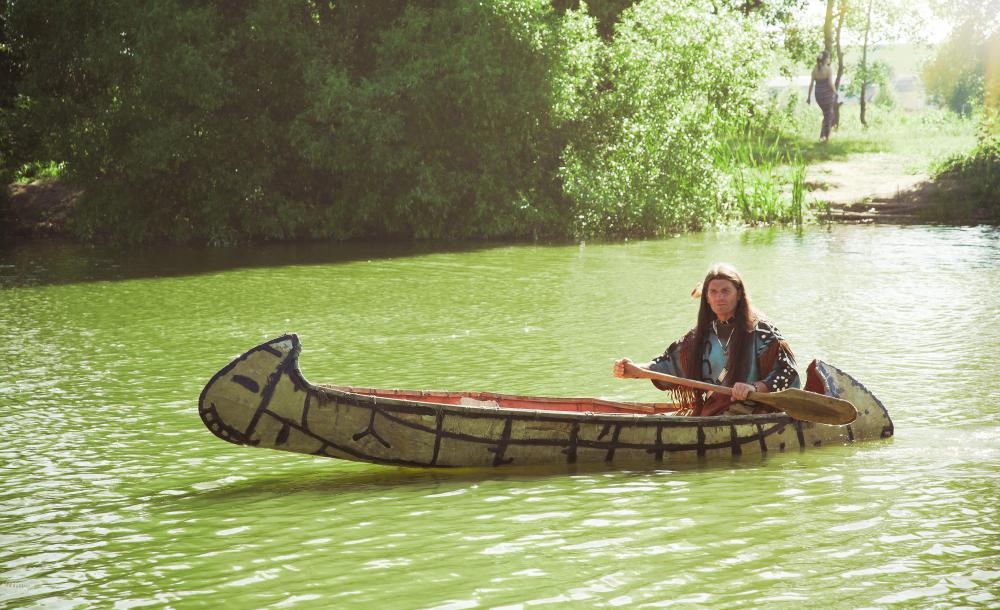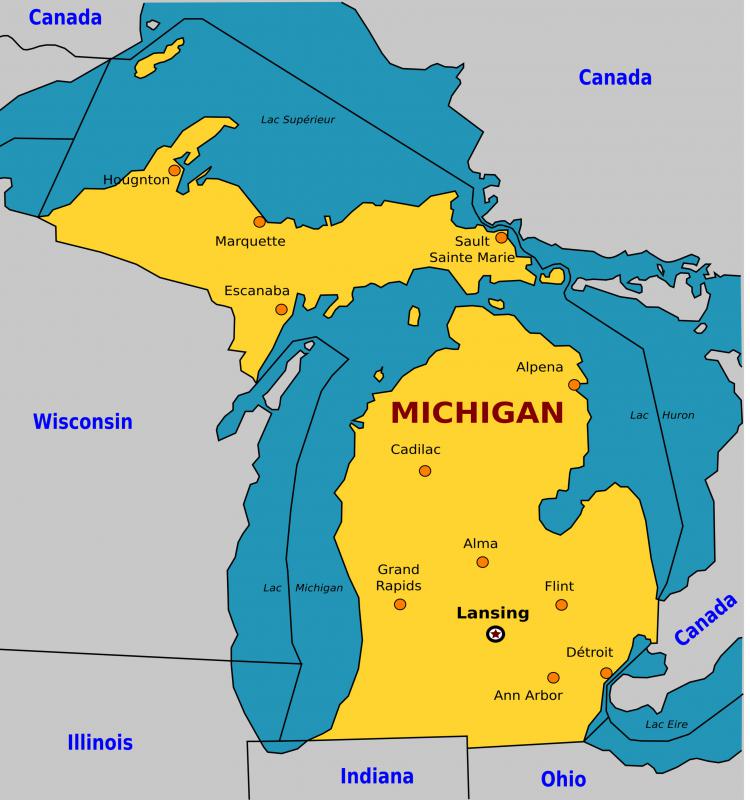At WiseGEEK, we're committed to delivering accurate, trustworthy information. Our expert-authored content is rigorously fact-checked and sourced from credible authorities. Discover how we uphold the highest standards in providing you with reliable knowledge.
Who are the Sauk Indians?
The Sauk Indians were also known as the Sac, and they are so closely associated with the Fox Indians that they are often grouped together as a single unit. Both the Sauk and Fox had very similar cultures, and they have been very closely allied to each other at certain times in history. Both tribes are in the Algonquian language family, and the name Sauk is a shortened version of the word Osakiwug, which means "men of the yellow ground." The Sauk originated in the northeastern US, primarily in the Michigan area.
In terms of politics, the Sauk Indians divided into clans named after animals like bears, beavers and deer. There were three leaders in each group governing different aspects of life, including a clan chief, a family chief, and a war chief. The method used to select different kinds of chiefs varied, but only family chiefs were born into their duties.

Sauk Indian culture dictated that women were generally in charge of every aspect of family life, while the men were in charge of war and hunting. Both the Sauk indians and Fox tribes had a reputation for individualism and an unwillingness to compromise. They were also considered warlike, although that hasn't always been the case. Both tribes had conflicts with the French, and they eventually fought a war against the US.

In historical terms, the Sauk Indians lived a semi-settled lifestyle. They stayed in villages during the farming season. Once all the crops had been harvested, the Sauk traveled into the forest and built lodges in their winter hunting territories. The lodges were bark-covered structures with rounded roofs. The elderly and infirm stayed in town, and a food supply was left behind to sustain them through the winter.

During the mid-1800s, the Fox and Sauk Indians formed an alliance under a chief named Black Hawk. They grouped up in order to fight a war against the US government over territory. Both tribes had already suffered great losses due to European-borne disease, and the war did not go well for them. By the time the fighting was over, their populations had been decimated even further.
After the war, some Sauk traveled to Oklahoma, but many were forced to move to Iowa. Later, they sold their land in Iowa and traveled to Kansas, but a large number of them eventually returned. There are Sauk populations of varying sizes in Iowa, Nebraska, Kansas, and Oklahoma.
AS FEATURED ON:
AS FEATURED ON:













Discussion Comments
If I ever make it to the Midwest, I hope I get a chance to meet some of the remaining Sauk Native Americans. All of the Native Americans I have met so far are so friendly and openly share their culture with anyone who is interested.
I wonder if most Native Americans still practice/teach what their ancestors taught them, or if they have changed and done away with a lot over time, distance, technology and other advances.
Like many other Indian tribes, the Sauk Indians had to spend a good part of their time on getting enough food. Their farming tools probably were very simple, so they had to spend many hours in the fields.
Then after they harvested the crops, they had to pack up and move to their hunting grounds so they could get some meat into their diets. The lucky women had to do all the food preparation - no easy task.
Compare to now - we just spend a small fraction of our lives going to the store and doing quickie meals or stopping at the drive-in.
I always have been interested in Native American history and culture. It is sad that so many Europeans killed most of the Native American population. I guess I just live in this idealistic world in my head where we can all get along and prosper better together, than apart. Our culture would be so much more diverse, happy, and productive, if people weren't so scared of change and differences.
I enjoyed learning about Native Americans in school. In middle school we even had a whole unit on Native Americans and some Native Americans even visited our school and showed us what a real pow-wow was like! That was a very cool and educational experience! Unfortunately, I do not remember what tribe they were from though.
Some Native American tribes didn't seem to have a chance from the beginning once the Europeans came to America. For the Sauk Tribes, their problems began with the French traders pushing them around.
Then the same old story of Americans getting too close and moving into their territory. And the most tragic part was all those Indians who died from diseases we exposed them to. And then there was war. I can't imagine how discouraged they must have felt losing so many of their tribesmen.
After so many centuries of being left alone to live life as they were used to,the disruptions must have sent them into a tailspin.
Being from the Midwest I remember learning about the Sac Indians in school. There are many references to them in our state historical museum as well.
There are still a few remaining tribes scattered throughout our state today. Some of them have operating casinos as a way to generate income.
Everyone had to do a state history project when they were in 5th grade. Even though I vaguely remember studying about the Sac and Fox Indians, I remember very few details.
The kids don't have to do those reports any more. It is too bad that something that was a big part of our history is not mentioned much any more in our schools.
Post your comments